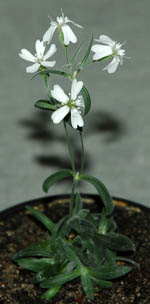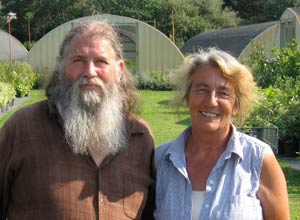
New York Times:
Living plants have been generated from the fruit of a little arctic flower, the narrow-leafed campion, that died 32,000 years ago, a team of Russian scientists reports. The fruit was stored by an arctic ground squirrel in its burrow on the tundra of northeastern Siberia and lay permanently frozen until excavated by scientists a few years ago.
This would be the oldest plant by far that has ever been grown from ancient tissue. The present record is held by a date palm grown from a seed some 2,000 years old that was recovered from the ancient fortress of Masada in Israel.

